Switzerland’s past faces an uncertain future
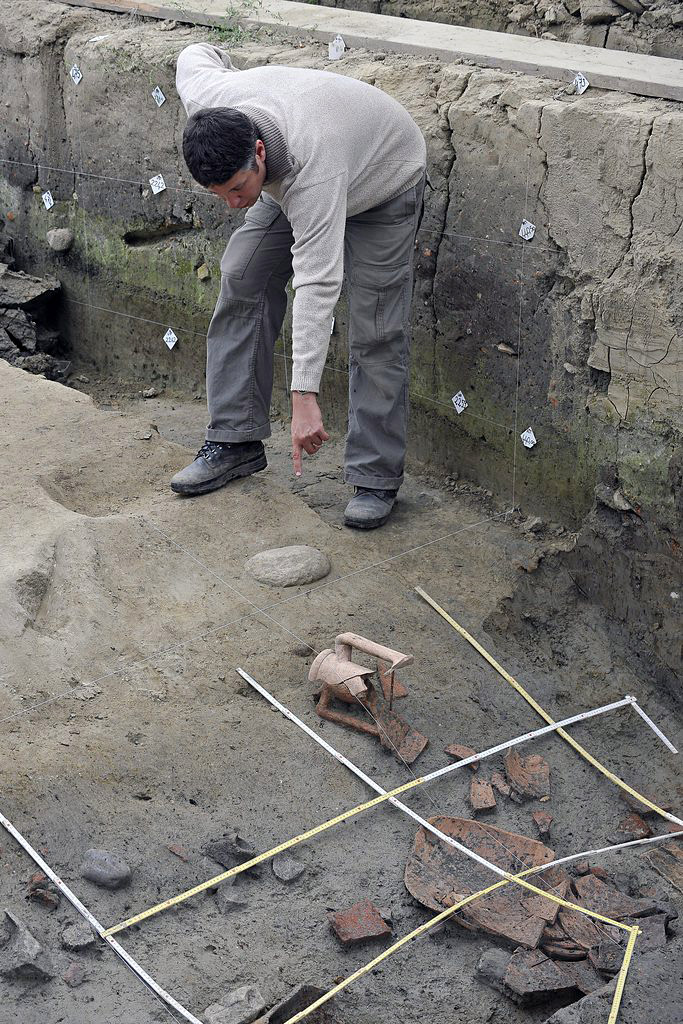
Archaeology in Switzerland has been held up as a shining example in other countries, but its future is threatened by a lack of coordination and legislation defining how it should be funded.
Chevenez in canton Jura: it’s here that a well-known watchmaker is building a new factory on a tight schedule. It’s also here that the initial spadework revealed what could be a major archeological site.
The local authorities had to scramble to save what they could find in a few short weeks, after the firm building the factory agreed to put construction on hold. The archaeologists were able to collect around 5,000 artifacts from different periods, but had little time to study them within their context.
There was pressure to act fast, with around 150 new jobs up for grabs at the plant. The deadline for completing construction is the end of October, when machinery will be delivered to the site.
“They had to go over their plans for the construction site, and they came up with another option which meant they would begin some of the construction while we were still excavating,” said Robert Fellner, Jura cantonal archaeologist. “So we were able to find a satisfying solution for both parties even if at the beginning they weren’t too happy.”
The canton allocated emergency funds for the project, allowing excavation to go ahead immediately. In this case though, money was not the problem but a lack of coordination, according to Fellner, or more precisely people forgetting to inform his service even if the site wasn’t registered as being of archaeological interest.
“Before any building begins, the construction company does test trenches to determine the composition of the subsoil, and that was last year,” he told swissinfo.ch. “So if we had been consulted at that point in time, we could have identified the archaeological site.”
Changing archeology
What might seem like an unfortunate set of circumstances is however not so unusual. In 2006, a survey carried out before the extension of a cement producer’s quarry in canton Vaud revealed a Celtic worship site of European importance.
When the discovery was made, critics said the canton should have acted earlier rather than wait until the last minute and compete in a race against time.
“The canton wasn’t prepared to deal with such a discovery – and most other Swiss cantons wouldn’t have either,” said Marc-Antoine Kaeser, director of the Laténium archaeological museum near Neuchâtel.
Today, there are no traces of the site to be seen, with everything of value removed by the archaeologists.
Part of the problem, according to Kaeser, is that the authorities haven’t realised that archaeology has changed.
“Before, you would stumble across something and then start a dig campaign, so it was basically all about saving something,” he told swissinfo.ch. “Today, it is about evaluating risks, carrying out tests, guaranteeing better conditions for campaigns and working with partners. But this preventive approach is hamstrung by piecemeal polices.”
Early advantage
Archeology has progressed in Switzerland largely due to extraordinary circumstances rather than long-term planning. Two cases in particular stand out.
One was the campaign that revealed the treasures of the country’s former Roman capital, Avenches, raising awareness of a hidden past. In the late 1930s, unemployed workers were used for the first digs thanks to federal funds, followed later by interned soldiers during the Second World War (see related gallery).
The other was the decision in 1961 by the government to pay for all archaeological work related to the construction of the national motorway network. This led to the creation of archaeology services in many cantons and the development of new techniques.
“By the 1990s, Swiss archaeology was among the most efficient in the world,” said Kaeser. “On a methodological level, the Swiss model was applied abroad, in France for example.”
However, France and Britain are just two countries that now have an advantage over Switzerland since archaeological risks have been factored into construction costs. “The problem is under-evaluated here,” added Kaeser.
Archeologists and lobbyists
For Fellner, Switzerland is globally speaking not in a bad position.
“It is one of the countries where archeology is well funded, but even so you have huge differences between the cantons,” he added. “It is very dependent on cantonal government decisions as well as other factors such as local traditions.”
Archaeological services are often operating on tiny budgets with part-time staff even though their activity has a high profile among the population. Canton Jura has the equivalent of just one full-time position for all work not related to motorway construction.
Part of that funding threatens to dry up too in three years’ time when the national motorways should be finally completed. Added to that are concerns about budget cuts and the construction boom that is leading to the loss of artifacts and sites, according to archaeologists.
Those concerns have been strong enough for the profession to set up a web platform, Horizons 2015, to discuss the issues they face. Kaeser says though that they need to be more forceful with their demands.
“Discussions about who finances archaeology need to be resolved at the federal level,” he said. “But to defend their profession, archaeologists also need to become lobbyists.”
Canton Bern’s legislation, which includes provisions for funding, could be an example for any future federal laws, reckons Kaeser.
Fellner says archaeology must be better integrated with urban planning as a whole.
“It’s not just a question of funding, but how well archeology can be integrated in urban planning,” he said. “I think this has not been included enough in our strategic planning.”
In the meantime though, he faces a more pressing question: how to fund the study of all the objects found at Chevenez.
The dig campaign at Chevenez lasted nine weeks, revealing that the 3,000-square-metre site was occupied over 5,000 years ago.
More than 5,000 objects were recovered, including pieces of pottery, silex tools, iron and bronze tools and jewellery as well as bones.
The campaign, which began on May 7, showed that hunter-gatherers from the Mesolithic period (6000 to 5000 years BC) lived at Chevenez. Other traces, including a silex arrowhead, confirmed a presence on the site for the period up to 2200 BC.
The area was also inhabited at the end of the Bronze Age between 1200 BC and 800 BC as the earliest pottery and metal objects found show. A cremation tomb found at the end of the campaign contained pottery, bronze finery and a dagger of the same metal alongside human remains.
Gallo-Romans (first to third century AD) were apparently the last inhabitants of the site, leaving behind amphorae, axes, forge structures as well as structures belonging to wooden buildings.

In compliance with the JTI standards
More: SWI swissinfo.ch certified by the Journalism Trust Initiative
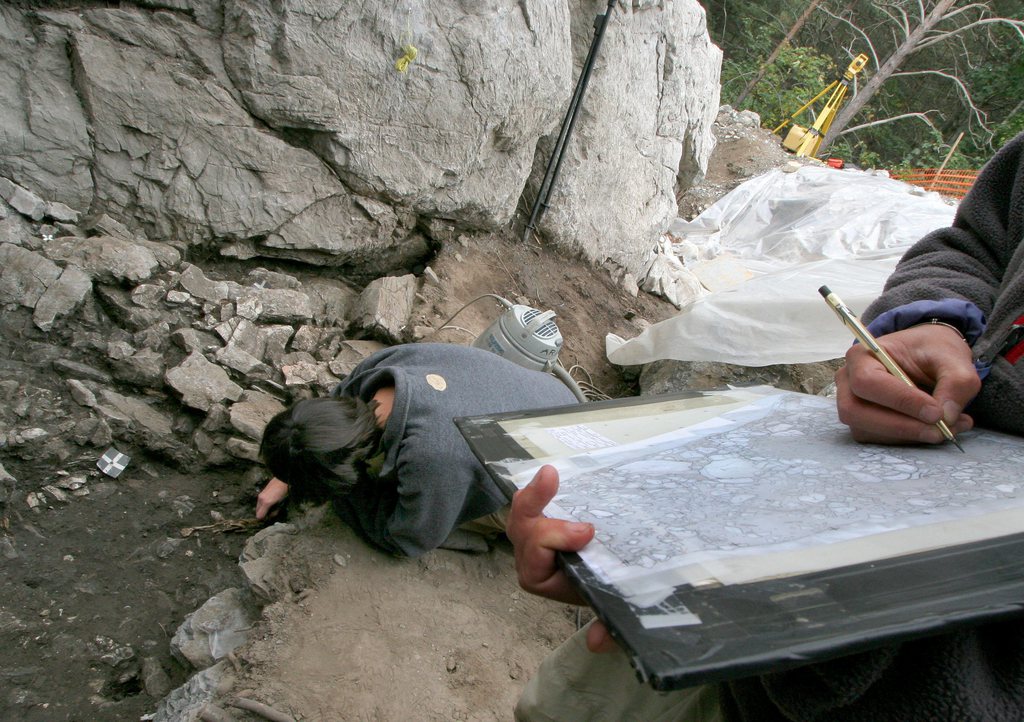
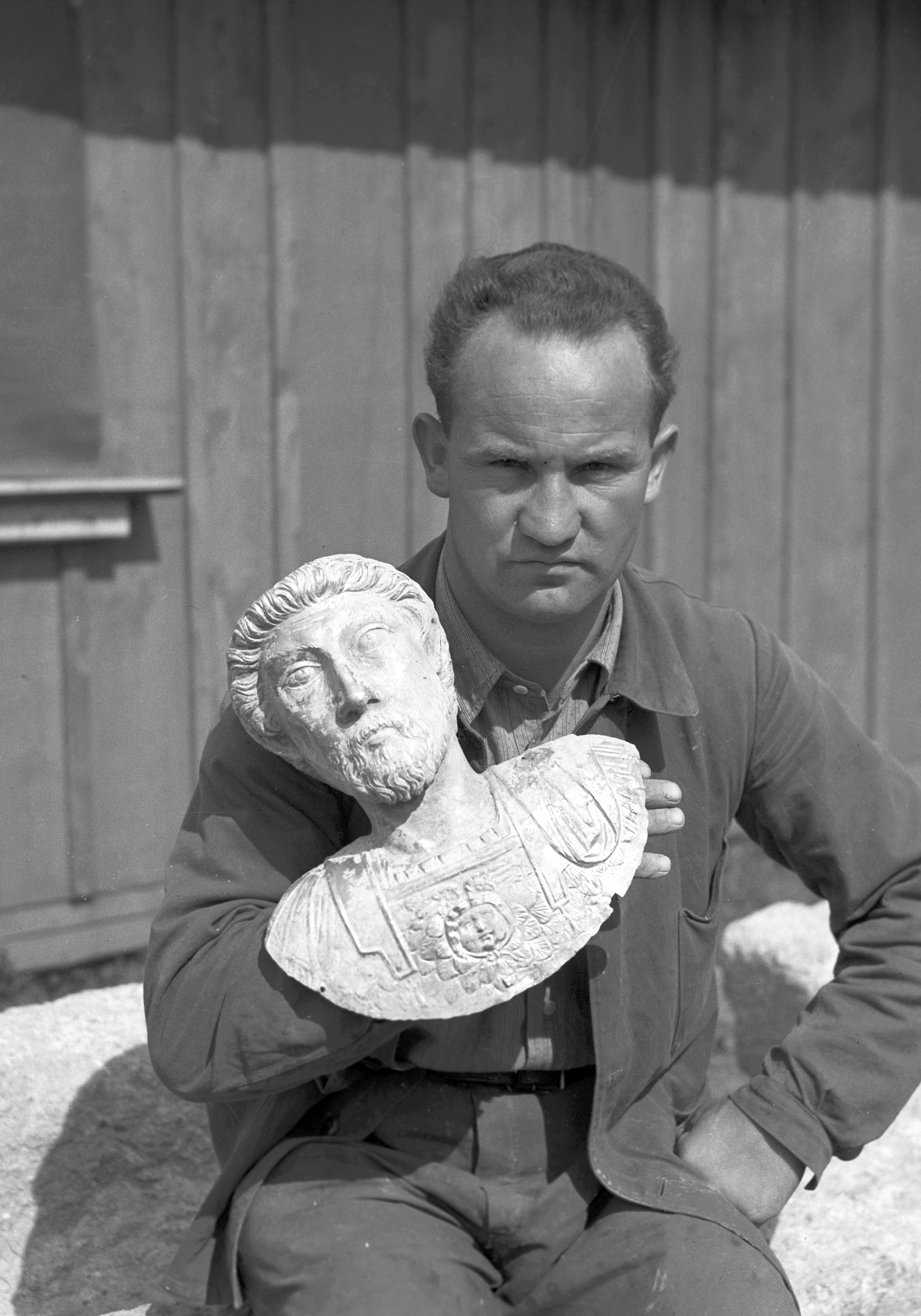
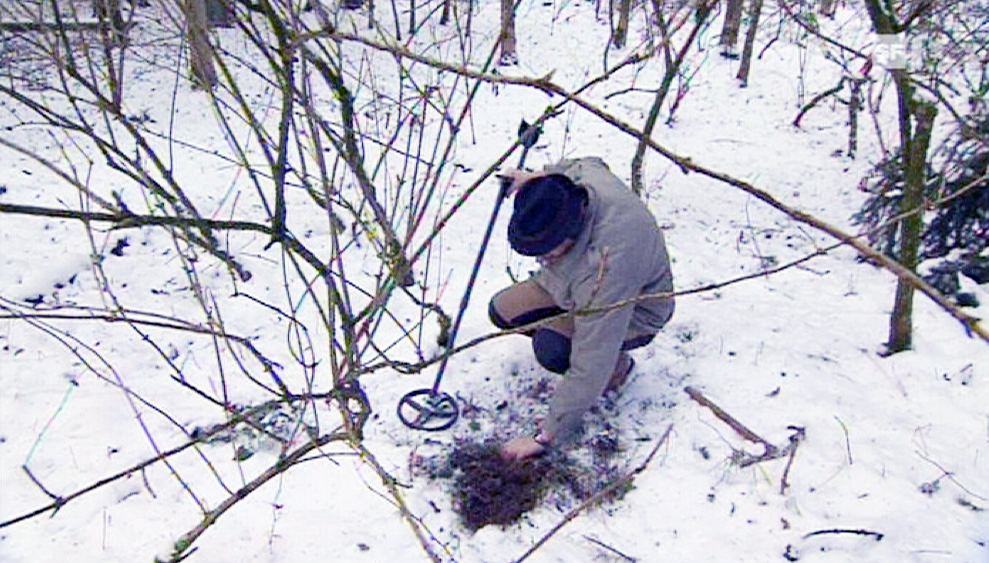
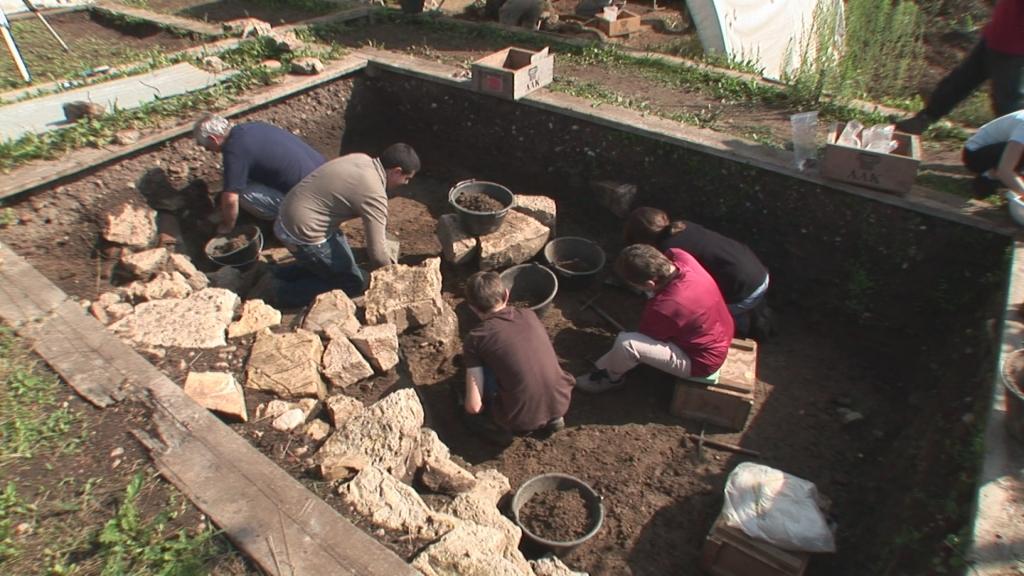
You can find an overview of ongoing debates with our journalists here. Please join us!
If you want to start a conversation about a topic raised in this article or want to report factual errors, email us at english@swissinfo.ch.